Raccoons are adaptable and clever creatures that live in both urban and wild environments nationwide. Despite being viewed as an annoyance, they are an interesting species with very distinct characteristics. Here are 17 facts about raccoons everyone should know.
They Are Omnivorous
Raccoons have a wide range of dietary preferences, this includes nuts, fruits, insects, small mammals, and birds in the wild.
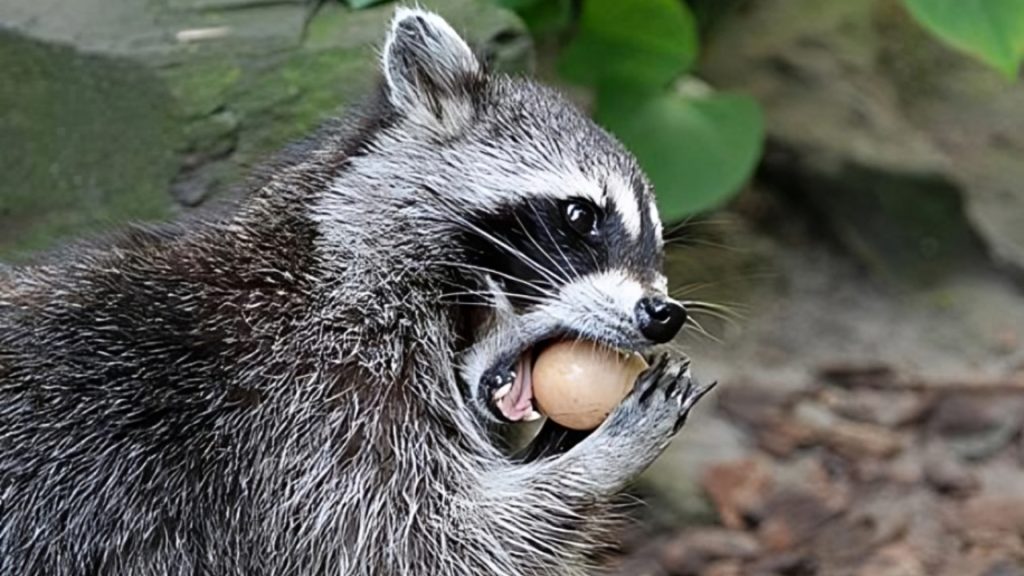
It also isn’t uncommon to find a raccoon feasting on trash left out by people.
Their Unique Appearance
As explained by A-Z Animals, their distinctive “mask functions much like a football player’s glare-reducing eye black.”
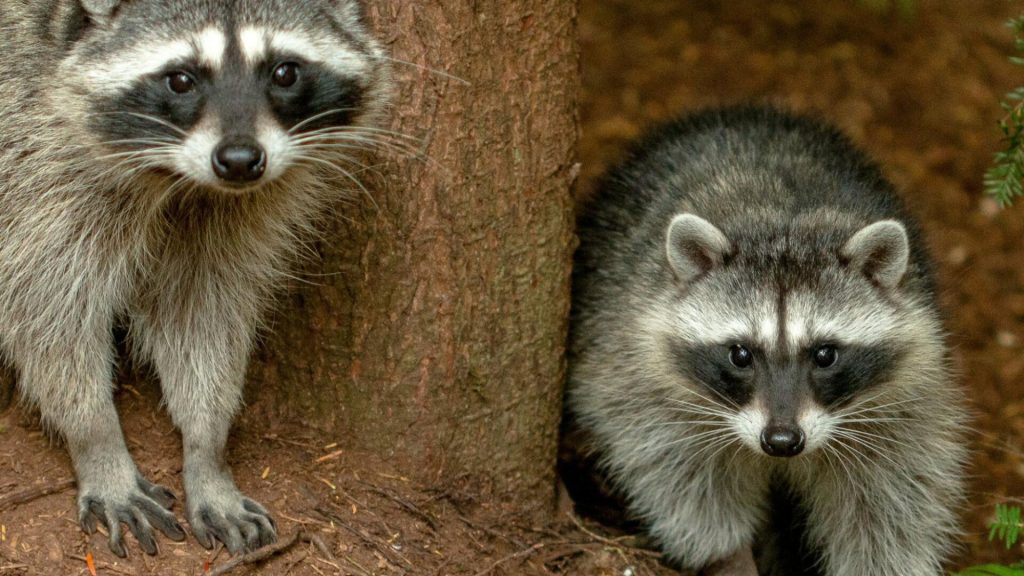
Their black fur allows the animal to absorb light, making it easier to see in bright light and reducing the glare at night, improving their nocturnal vision.
Love Of Water
Despite the fact that they aren’t aquatic animals, raccoons are exceptional swimmers and can often be found living near water sources in the wild.
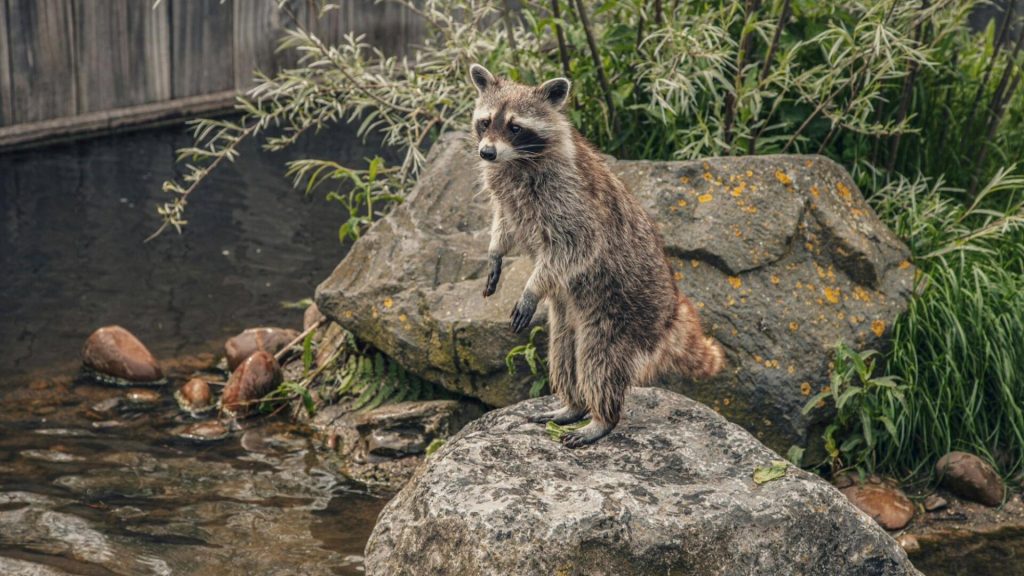
Water is imperative for a raccoon’s diet, giving them access to fish, snails, and worms.
Social Dynamics
Raccoons are typically solitary animals, but females will live in small communal groups, especially while raising their young.
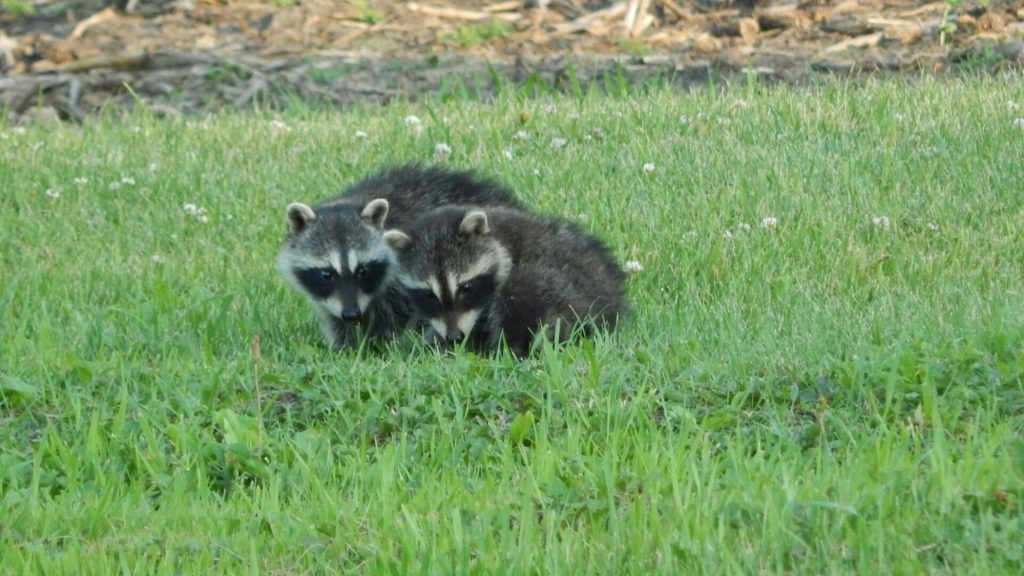
Males are solitary, with larger territories that may overlap with several females, and they tend to avoid other males.
Sounds Racoons Make
Racoons actually have a pretty large vocal range, with the ability to make over 200 sounds. They can hiss whistle, scream, growl, and much more, each sound serving a specific communication purpose.
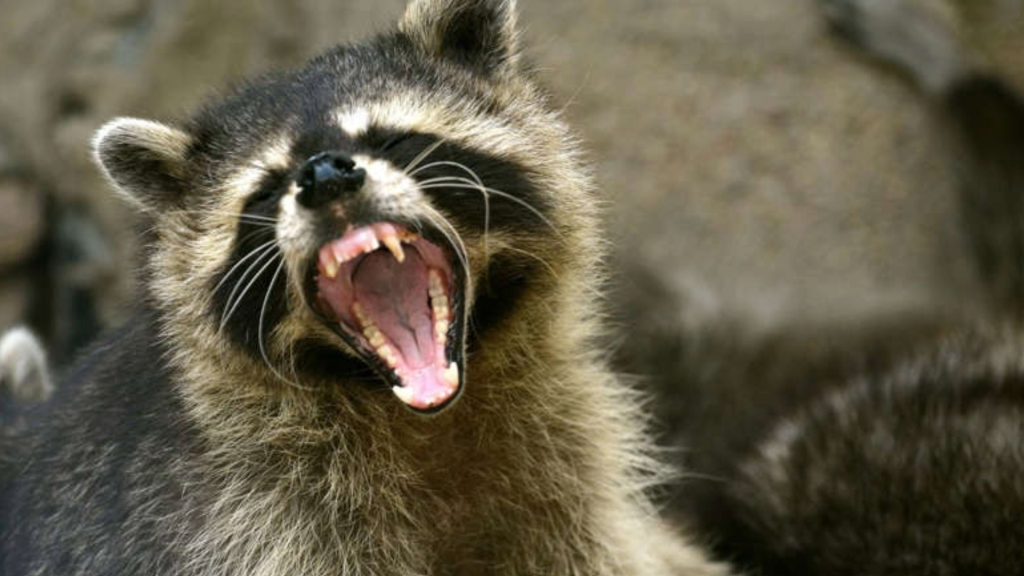
They can also make a purring sound much like a cat, and they can bark like a dog when they are excited or stressed out.
Their Life Cycle
Raccoons breed in the late winter and have one litter annually. After a 60-day gestation period, they usually give birth to two to five kits in the early spring.
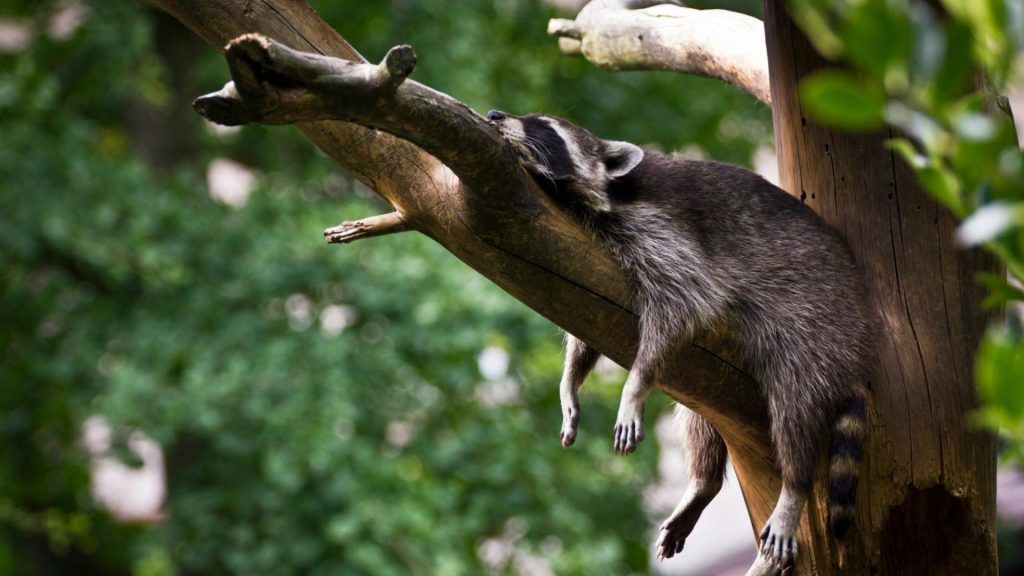
The kits are born deaf and blind and are completely dependent on their mother for the first few months.
Nocturnal
Racoons are mostly nocturnal, with heightened senses of touch and hearing that help them navigate and forage in the dark.
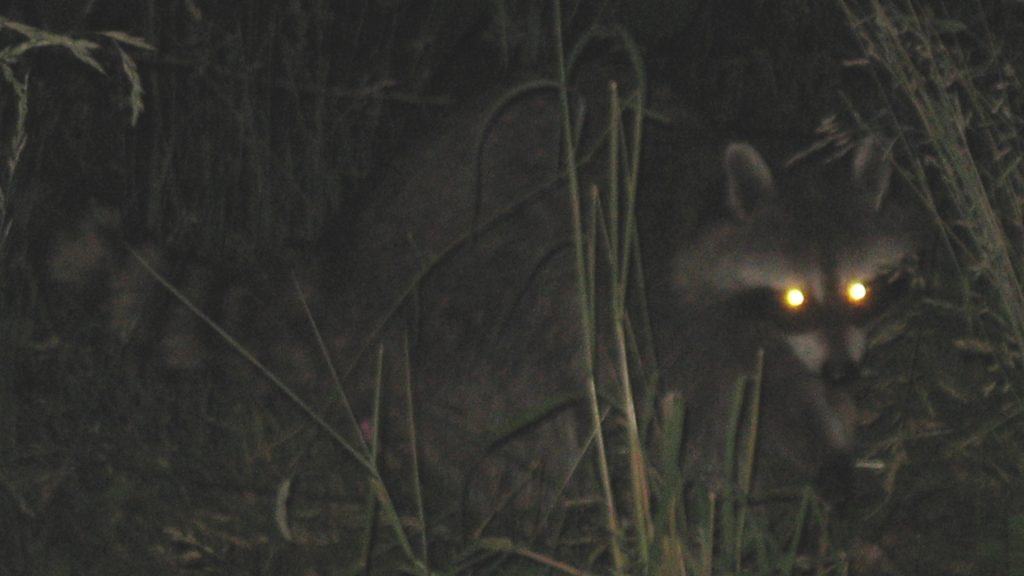
However, according to the Toronto Wildlife Centre, they can also be active during the day.
Predatory Hazards
In wildlife settings racoons need to be aware of bears, owls, coyotes, wolves, snakes, and bobcats, all of which will prey on raccoons if given the opportunity.
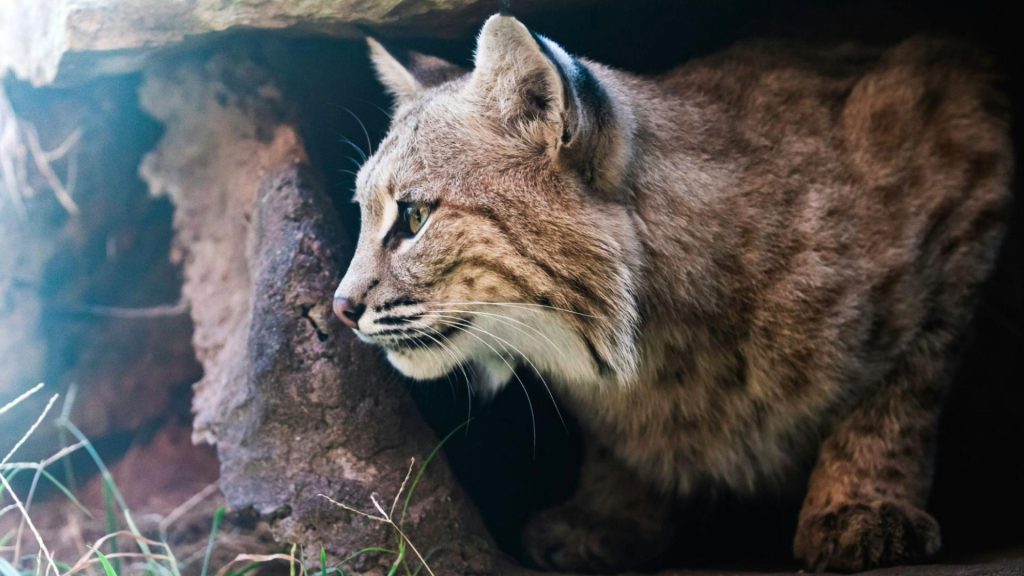
In urban areas they need to be more concerned about human activities and cars.
Tracks Made By Raccoons
Racoon tracks are very distinct because their front paws resemble tiny human hands.

Tracks are typically found near bodies of water and garbage sources.
Rabies And Raccoons
Raccoons are notorious for being one of the main carriers of rabies in the wild of North America, making up 35% of all rabid animals.
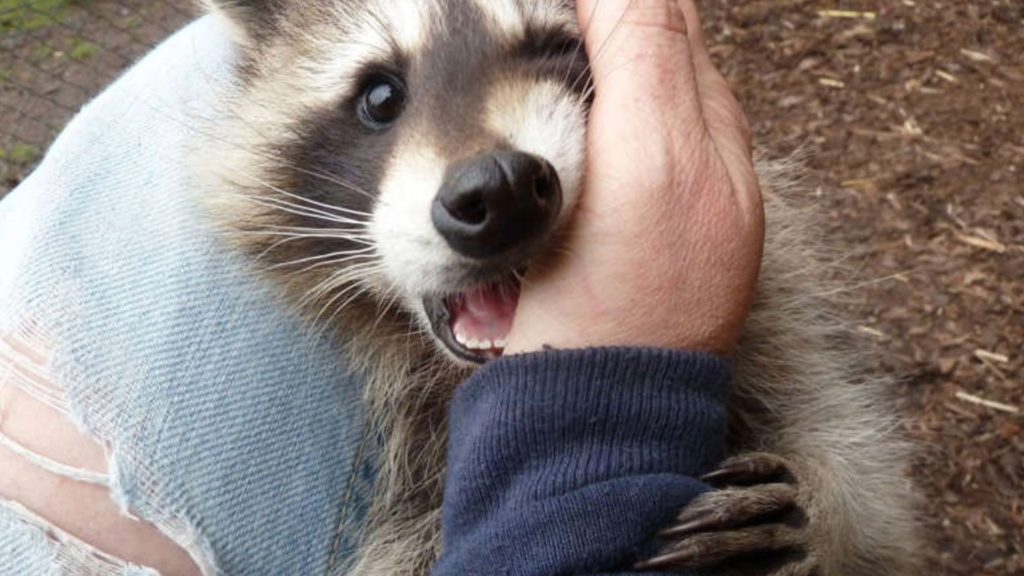
Sadly they typically pass away within 1 to 3 days of being infected.
Adapted To Urban Areas
Urban areas in North America have successfully provided raccoons with ample food sources, leading to a much larger racoon with a higher survival rate.
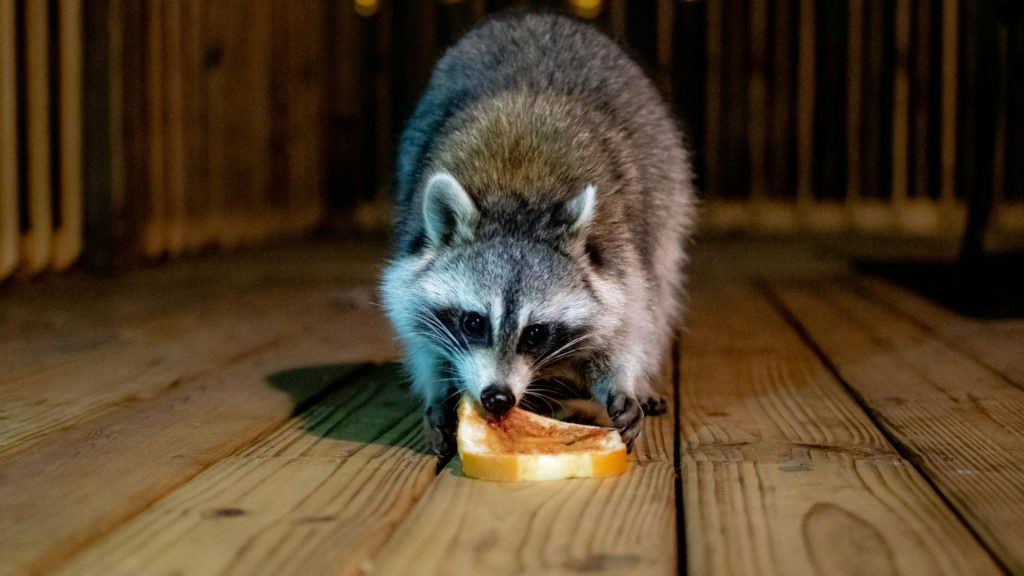
National Geographic makes the argument that raccoons “possess many qualities suited to city life, from their nocturnal nature, which helps them avoid run-ins with people, to their wide-ranging diet.”
Their Dens
Raccoons exhibit adaptability when choosing their dens, which can be anything from a tree hollow, abandoned burrows, or even attics in more urban areas.
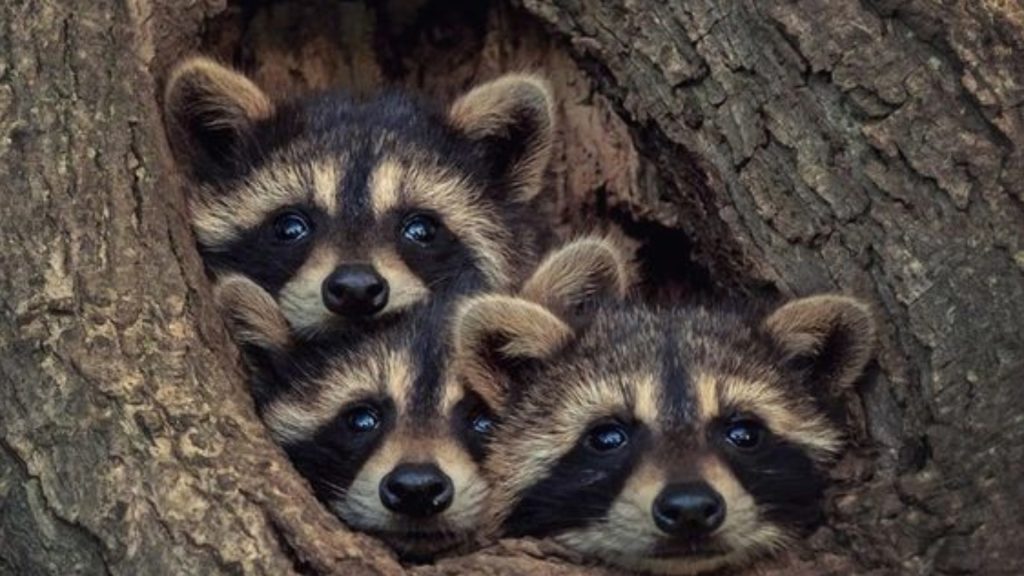
They also typically have more than one den at a time.
Their Behavior Throughout the Year
Raccoons don’t hibernate in the winter, but they can enter torpor, a dormancy state where they slow their metabolism and sleep in their dens.
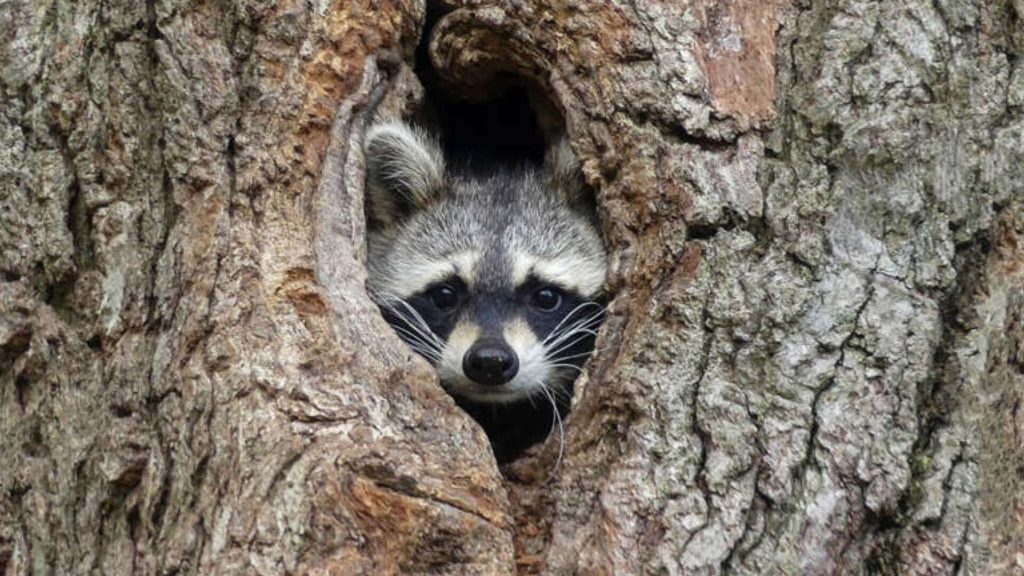
Torpor only lasts a few weeks, unlike hibernation. In spring and summer, rearing young takes precedence for females.
Human Interactions With Raccoons
Racoons can be viewed as a disturbance in urban areas, they make themselves at home in human occupied houses and are known to pull down trash cans when they are searching for food.

Buying a lock for garbage can lids, placing heavy weights on them, and storing them in garages or sheds can help deter raccoons.
Extremely Intelligent
According to Britannica,“raccoons are intelligent and inquisitive animals.”
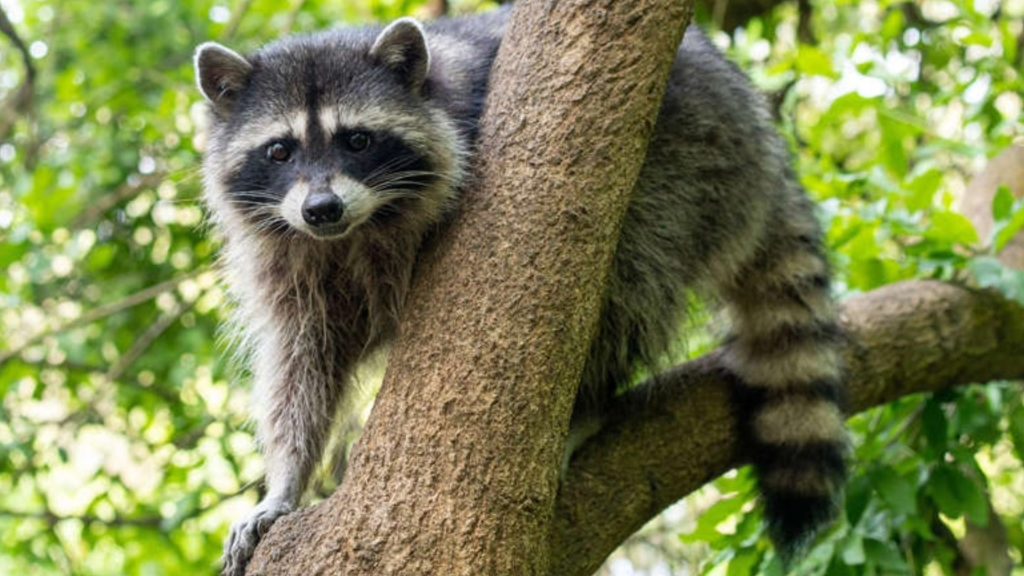
They are excellent problem solvers and can draw from past experiences to help them adapt to new ones.
Managing Raccoon Populations
According to the IUCN racoons are the least concerned species in North America.
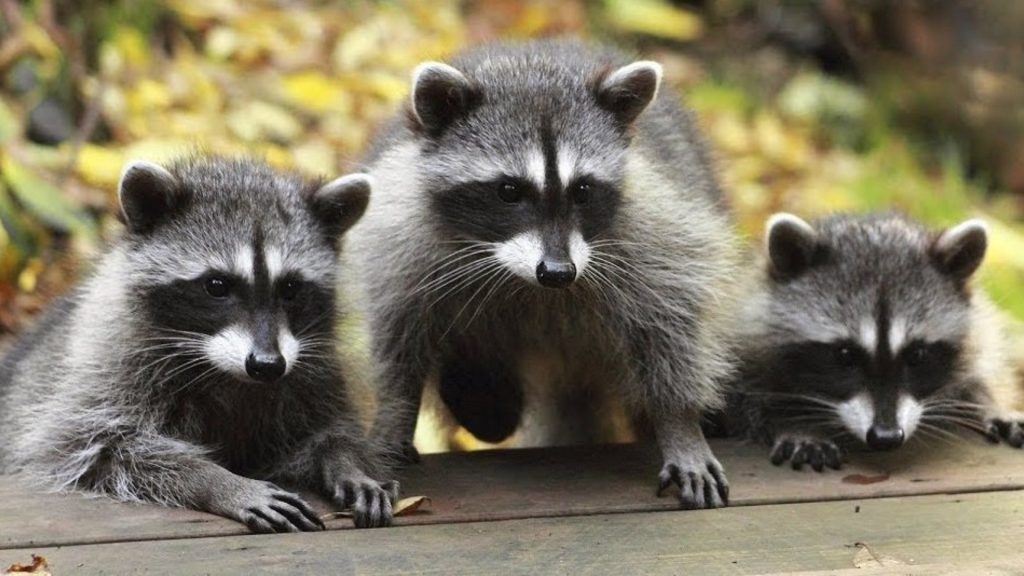
Urban wildlife management strategies in the U.S. include sterilization programs and habitat modification to limit their spread.
Pop Culture And Raccoons
Raccoons have been a part of Native American mythology, and are subjects of many folk tales all over the nation.
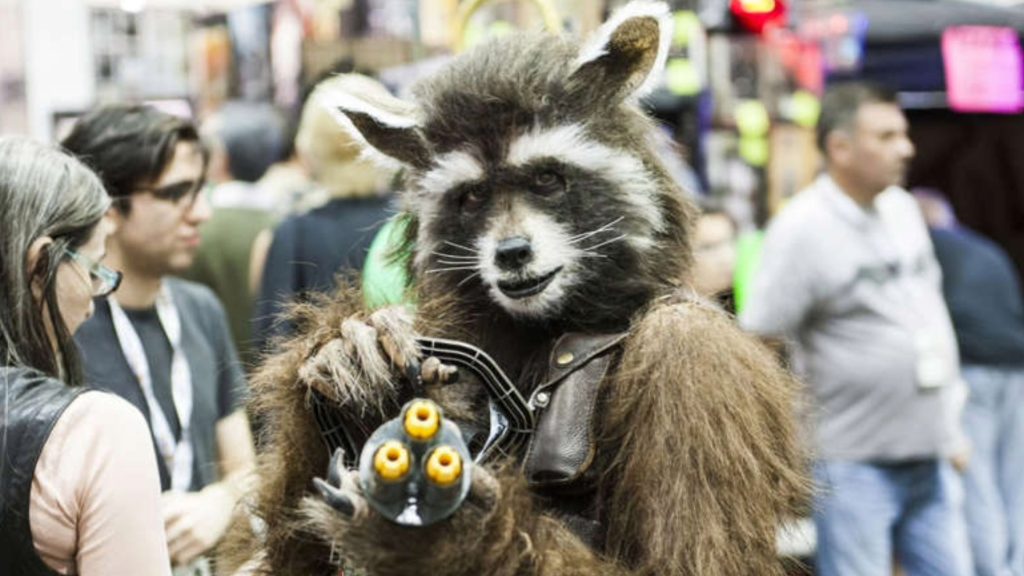
They are often portrayed as cunning but endearing characters, and in the past decade, Rocket Raccoon has been a prominent character in Guardians of the Galaxy.





GIPHY App Key not set. Please check settings